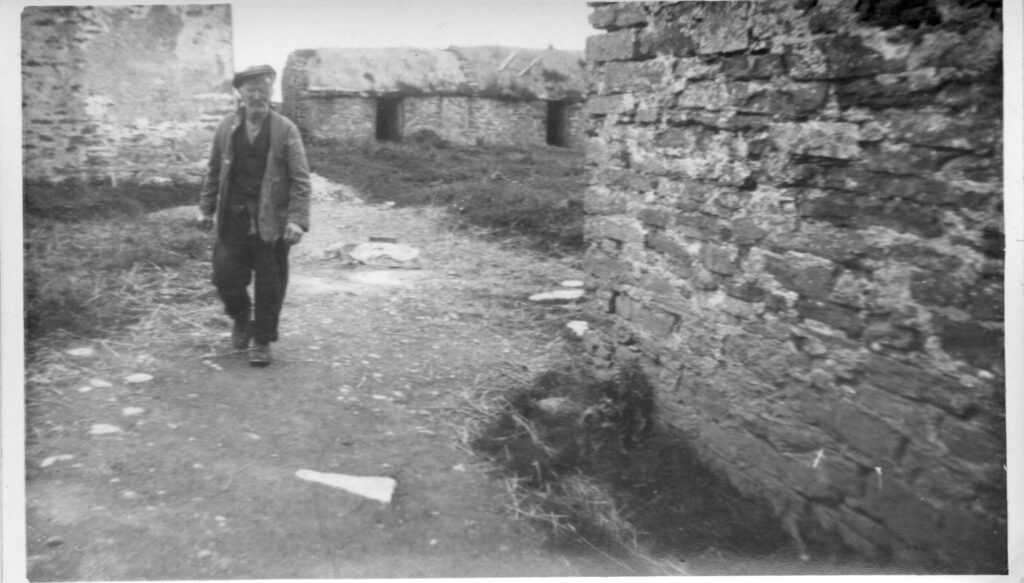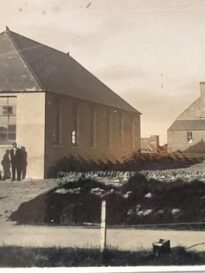“The state of education in the parish of Walls cannot be characterised in any other terms… than as truly disgraceful… a state of educational destitution, certainly unparalleled in the present state of Scotland.”1Report of the Committee of the General Assembly for increasing the means of education in Scotland particularly in the Highlands and Islands submitted to the General Assembly (1866) Edinburgh: William Blackwood & Sons. Walls & Flotta, Orkney. p. 77. CH1/8/1. National Records of Scotland, Edinburgh. Referred to henceforward as Education Committee Report 1866.
The Rev John Keillor was almost certainly the source of this pretty damning verdict in 1866. At his induction as minister of Walls and Flotta in February 1866 the elders and several parishioners made representation about the “great deficiency in the means of education in the Parish” so he had clearly taken note.2Presbytery of Cairston, Orkney. Minute Book 1846 – 30 March 1870. 22 February 1866. OCR2/4. Orkney Archives, Kirkwall.
What was the problem?
In short, too big an area and too little money. The 1696 Act for Settling Schools made the heritors (main landowners) in each Scottish parish responsible for providing a school and paying a schoolmaster, whom they appointed in conjunction with the local minister. All well and good. But in a parish like Walls and Flotta with three inhabited islands, one of them almost split into two, one school was never going to be sufficient.
Over the years legislation was amended while bodies like the SSPCK (Society in Scotland for the Propagation of Christian Knowledge) and churches provided other schools, all attempts to plug the gaps. Poor salaries and the general difficulty of attracting teachers to the far north did not help. Nonetheless Keillor was probably exaggerating somewhat, to win support, when he claimed that teaching ended up in the hands of “individuals unfitted for the profession of teaching who were induced to leave their fishing, or plough, or workshop for the sake of a small allowance”.3Education Committee Report 1866, p. 77.
What was the solution?
John Keillor was a man of action as well as cutting comment. At a meeting in North Walls on 28 August 1866 he reported that he had met with Simon J Laurie, Secretary of the Church of Scotland General Assembly (GA) Education scheme, and there was the possibility of an annual salary of £25 and a certificated teacher for North Walls. (A certificated (qualified) teacher made it easier to get government grants.) There was a condition however: the parish would have to bring the school buildings up to standard for government inspection and the purpose of the meeting was to discuss that.4Walls & Flotta Kirk Session. School Management Committee Minutes 1866-1876. NorthWalls Committee, 28 August 1866. OCR28/5. Orkney Archive, Kirkwall. Contains North and South Walls minutes, mainly for 1866-1869 period. Referred to as North Walls SMC Minutes and South Walls SMC minutes henceforward, as relevant.
The meeting agreed to build a new school and schoolmaster’s house, appointed a committee to superintend building operations and seven men to collect subscriptions. Those present collected £18 4s there and then. Alexander Thomson (c1841-1925) was the main contractor, working with his father-in-law, James Charleson (1817-1888), a mason, both Caithness men living in North Walls.5North Walls SMC Minutes, 28 August 1866
By late June 1867 the school and schoolmaster’s residence were practically ready.6Ibid. 24 June 1867 In July The Orkney Herald reported the arrival of Mr McIntosh, teacher for the North Side GA [General Assembly] School.7The Orkney Herald 16 July 1867, p.3. column g, Longhope News.
The costs
Financial and practical aid from the Church of Scotland in securing a teacher were critical whereas the heritors’ monetary input was small. John G Heddle of Melsetter, the only heritor in North Walls, did give land for the schoolmaster’s use and £5, in contrast with the £50 he gave for the main parish school in South Walls which was rebuilt at the same time.8North Walls SMC Minutes 5 November 1866; South Walls SMC Minutes 27 August 1866. From the minute book, the total building cost was £180. As far as I can make out the majority was raised by local subscription, apart from a £50 grant from Bell’s Fund and Heddle’s £5. The entire sum was paid off by March 1869.9North Walls SMC Minutes 14 October 1868 and 10 March 1869, figures seem to be rounded up to include voluntary labour, otherwise they do not quite tally
In today’s terms, the £180 school building cost equates to £106,000 using average earnings comparison or £215,000 using GDP, an indicator of opportunity cost.10See http://www.measuringworth.com/ukcompare Allowing for the £55 from Bell’s Fund and Heddle, subscribers raised around £125 (£73500-150,000 in today’s terms) or 6s 8d (c£200-400) per head of the 1861 North Walls of 373.11See 1861 Population – I’ve counted North Walls as ending at “Halyiel”, so excluding Saltness and Brims. The population of North Walls and Brims as a whole had dropped slightly by 1871.

The people
So, this little school, built along the same lines as many a croft but and ben, was very much a community school, paid for in part by farmers, crofters and fishermen, none of them people of much substance. The building committee minute book includes the names of 32 people as well as “others” who attended meetings. Given that there were 74 houses (88 households) in the 1861 Census those 32 people probably represent a fair proportion of the population. Notable among them were three wives who represented their husbands, presumably away at sea, at the very first meeting in August 1866, and several whose children were beyond school age.
With few local or national government services, subscription was just how things were done at this time, from building schools to assistance to send a poor but promising student to university.
What was the General Assembly school like?
The schoolroom itself measured 34 feet by 17 feet and was 10 feet high with five windows; the adjoining schoolmaster’s dwelling had a kitchen, parlour, bedroom and closet, with a byre on the end. Fifty-six pupils on average attended the school if the Rev John Keillor’s preliminary report in August 1867 to the Education Department is accurate. They were taught by Mr William McIntosh and Mrs Mcintosh, paid £25 and £15 respectively.12School Inspectors’ Reports. Orkney: Junior Secondary Schools, North Walls. Preliminary statement, 1867. ED18/2145/1-4. National Records of Scotland, Edinburgh. It’s not clear when or how the extra £15 salary was obtained.
Six years down the line in 1873 when Professor George Ramsay, the Officer of Enquiry, visited Orkney to examine schools following the Education (Scotland) Act of 1872, he deemed the North Walls school “in good repair and… sufficient for all the children in the district”.13Minute Book of the School Board of Walls and Flotta. CO5/26/1. Orkney Archives, Kirkwall. 5 December 1873 The new Walls and Flotta School Board had plenty of other school building issues to deal with so it only took on North Walls General Assembly School in 1891, at that point it became North Walls Public School.14Ibid. 24 October 1891. By the mid 1880s the Board had built new schools in Brims, Fara, Flotta and South Walls.
No longer sufficient
My father was a pupil at North Walls Public School from 1927 by which time it was no longer sufficient. The two teachers stood in the middle of the schoolroom facing their pupils at each end. Opening a cupboard involved considerable moving around of desks. On rainy days when the wind blew from the wrong airt rain would come in through the air vent in the roof onto the pupils, Dad recalled. School photos.

Then they would send for “Sandy o’ Greenquoy” who came, with a fork no doubt, to pack a “windleen o strae” in the air vent! Greenquoy or North Seatter was the farm next to the school; Sandy (Alexander Johnston) was a farm servant there. Jess Sutherland, Greenquoy, supplied milk for cookery lesson free of charge.
A new public school opened on 25 August 1932 although this older building was used for some purposes later on.

